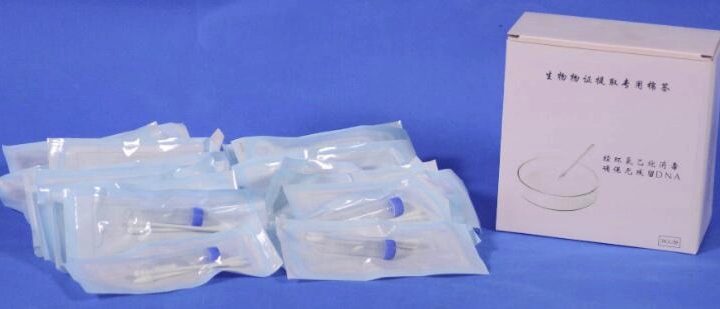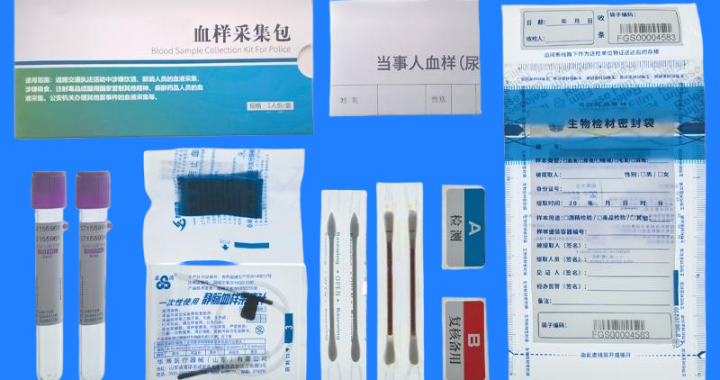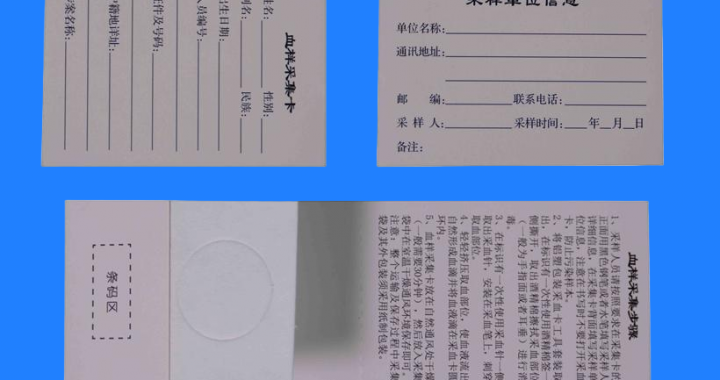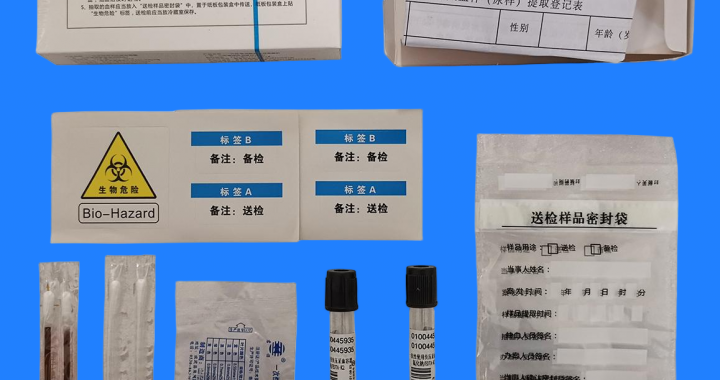High-efficiency grinders are essential tools in forensic sample processing, particularly when handling tough biological materials like bone, teeth, and tissue. These grinders break down samples into fine, uniform particles, improving DNA yield and quality for subsequent analysis. Their precision and speed ensure consistent results, essential for forensic investigations where sample integrity and contamination prevention are crucial. High-efficiency grinders enhance DNA extraction efficiency, making them ideal for cold-case investigations and crime scene evidence processing. They also reduce preparation time, allowing faster processing and analysis in forensic and research labs.
Key Features:
-
Increases DNA yield and quality from tough samples
-
Reduces contamination risks during preparation
-
Fast and efficient sample processing
-
Suitable for bones, teeth, and tissue in forensic applications
Application Scope:
-
Forensic crime scene investigations
-
Cold-case and criminal justice DNA analysis
-
Forensic and genetic research
-
Clinical and archaeological applications





